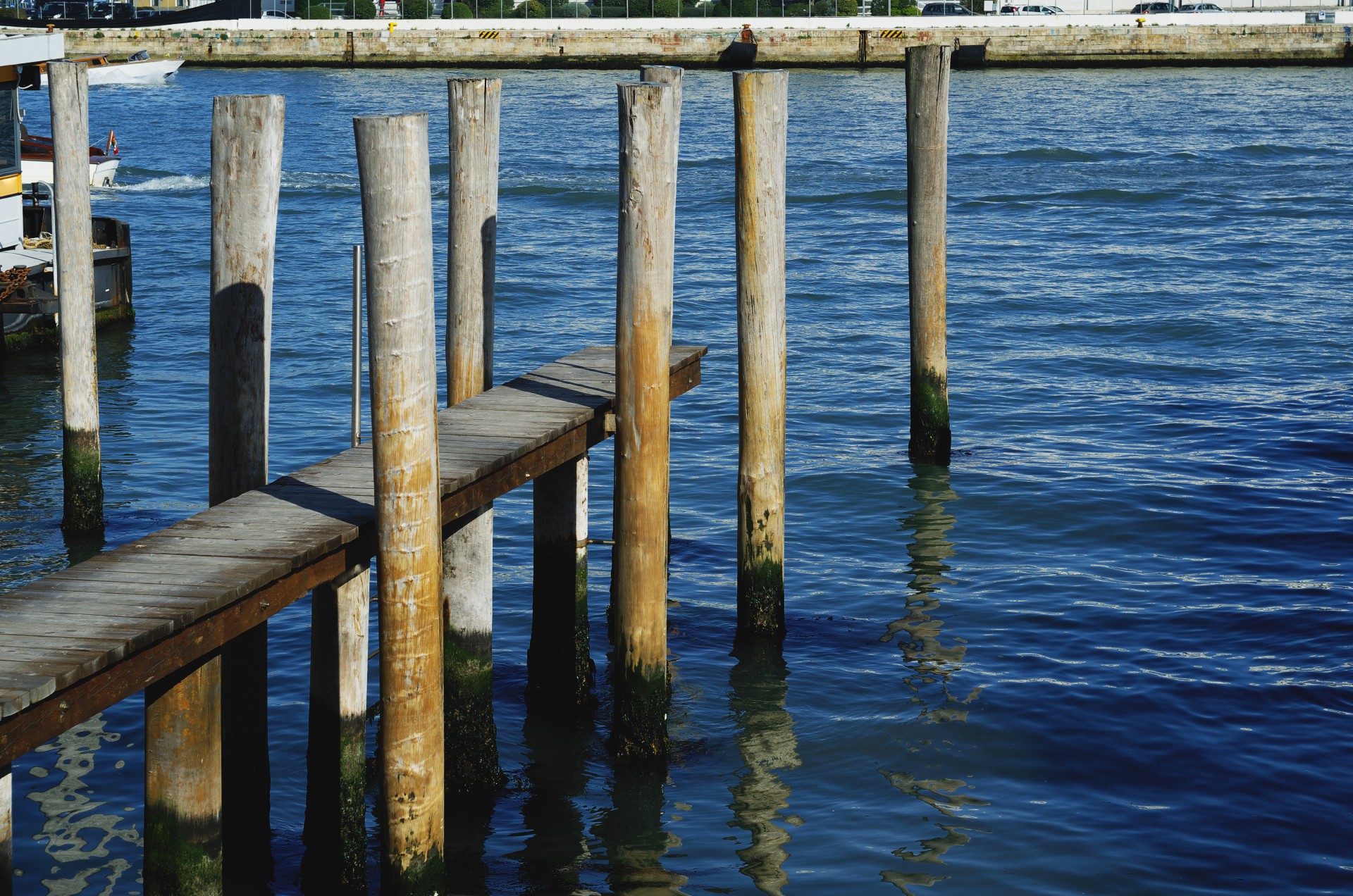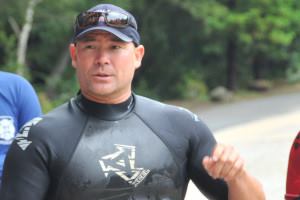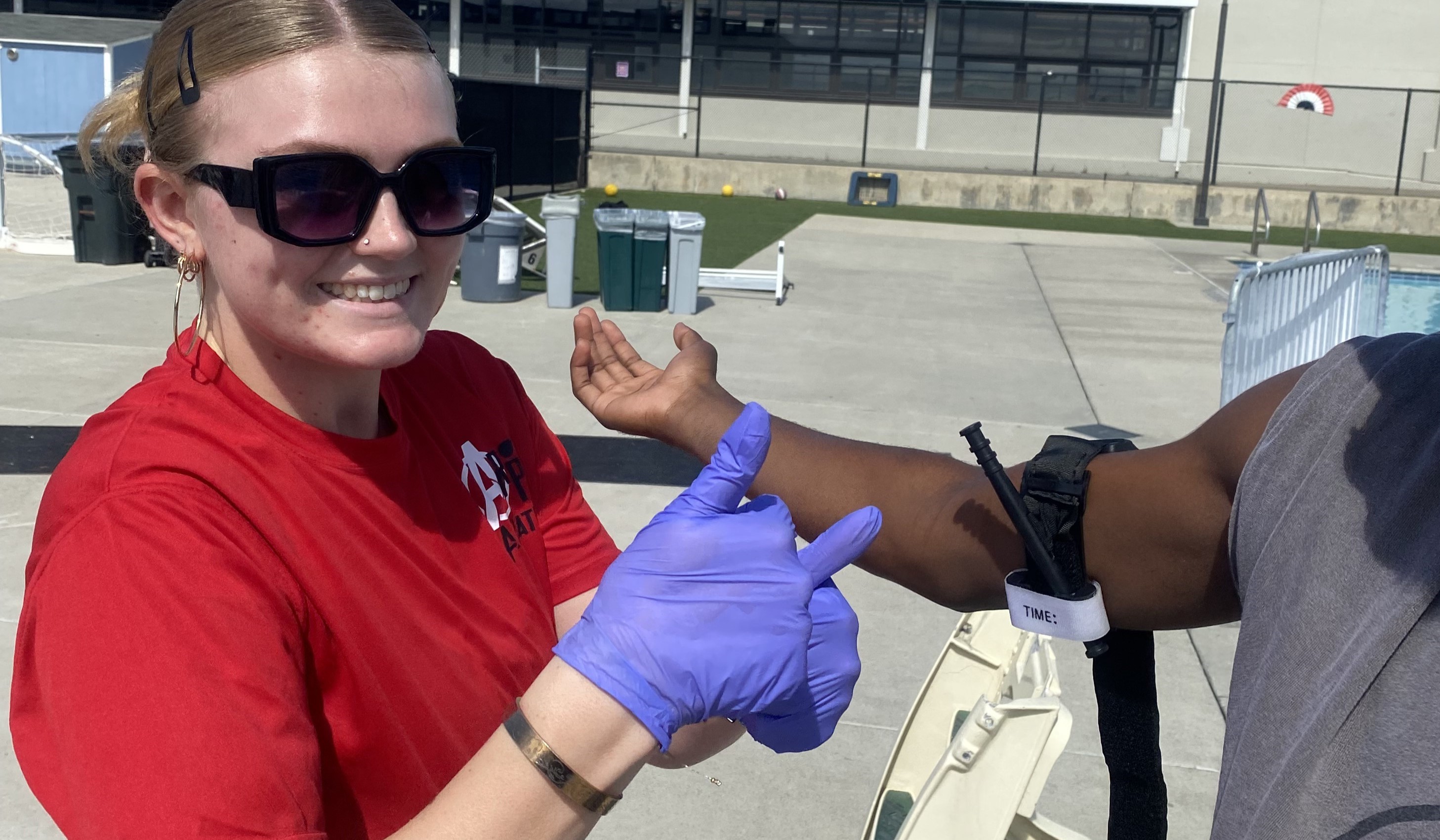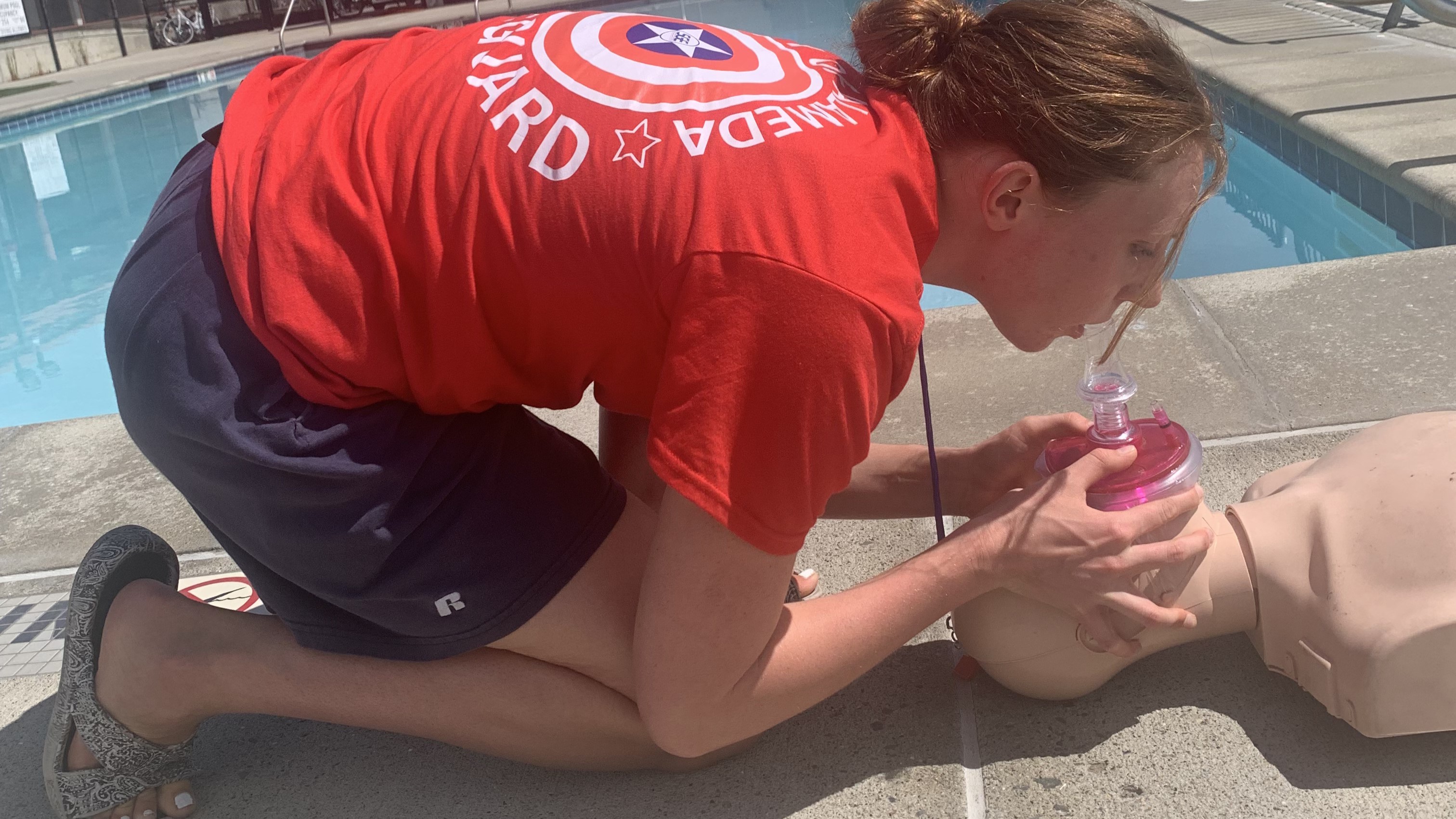I live and breathe drowning prevention.
Water safety is not just my job, it’s my vocation. I have worked in every type of aquatics environment and spent the majority of my career educating people — lay persons and professionals of all levels — about how to prevent, prepare for, recognize and respond to a leading cause of death. I am passionate, intense, and at times unapologetic in my messages to promote water safety.
And I know nothing that happens as quickly and quietly as a child drowning.
I became especially aware of this when the specter of child drowning touched my family.
Business becomes personal
As a child, I spent my summers in a small town in coastal New Jersey. Now, my sisters and I still gather there every year, each bringing our own family.
Move-in day is always a bit chaotic, so when my youngest sister and her family arrived, I offered to watch her children while the adults unpacked. The house is on a lagoon, so neither of us local beach patrol alumnae wanted the boys, ages 4 and 2, to go unsupervised.
The children played with toy trucks on the deck as I unpacked our takeout dinner. I made three trips in and out of the house, to get paper plates, pour myself a drink, and wash my hands. With the kitchen sink occupied, I walked to the bathroom — the only time I did not have a view of the deck and yard.
Then it happened — just like you read in the papers, and how people describe it in incident reports. I headed back outside and my sister stood in the living room, confused.
“Where are the boys?” she asked.
I thought she was joking, like we’re playing “Hide and Seek” now. They were outside, on the deck. Weren’t they? They were just there.
In those trips between the deck and house I hadn’t been focused on the boys. I wasn’t in “lifeguard” mode; I was in fun-aunt mode. I was distracted, as were the other adults, on their phones or talking to one another, or getting meals ready.
My sister looked at me, her eyes slightly bulged: “I can’t find them!”
Muscle memory
We spurred to action. My sister rounded the outside of the house calling the boys’ names. My brother-in-law drove around the neighborhood. My uncle enlisted the help of neighbors.
I ran to the lagoon and looked in. That day, the water was cloudy and murky. I followed the pilings to see how far down I could make out the barnacles. Not far enough.
I changed into my bathing suit, juggling two opposing thoughts. The first was, “This is stupid. They’re probably not in there, but I’ll just rule it out.” I also thought, “This is stupid. I’m losing time. I should just jump in.”
My sister had moved to the middle of the street, sharply shouting their names.
I went to the dock and eased myself into the water, to avoid disturbing anything. I could touch the bottom. Good.
My sister said they couldn’t swim, so I figured that, if they did go in or fall in, they would not be too far from the dock. They would have submerged within 4 or 5 feet of it after a brief and quiet struggle at the surface. There was no current, thankfully.
I started a shallow-water search. This calls for multiple rescuers to link arms and form a line, then perform coordinated sweeping motions with their feet on the ground, making a serpentine pattern to cover the search area. “Shallow” is chest-deep on the shortest person. I am 5 feet, 3 inches tall, and the water was up to my neck.
As this went on, my mind raced between acknowledging the seriousness of a possible drowning situation and believing we’d have a more pleasant outcome.
Eventually, the water became too deep. I submerged and started sweeping the bottom with my hands, performing a deep-water search. The method is to sweep three times, resurface, then reset your position a body-length back and repeat the process. A deep-water search party usually includes four to six rescuers.
I’ve taught this search, called a Code X, to countless safety professionals, as a trainer for the American Red Cross and U.S. Lifesaving Association. Now, I could hear my own voice as I sternly tell my students, “If you have a Code X, shit is serious.” I had avoided such a search in 35 years of professional lifesaving. Now I had one in my own backyard. By myself. For my own family.
Layperson errors
While surfacing during the Code X, my neighbor asked, “Has anyone called the police?”
My response was an expletive not appropriate for publication. How many times had I tested lifeguards in CPR skills and noted they forgot to call 911? I had even written the emergency phone script for my summer community. In times of crisis, people often act, and forget to call for help.
Me too, apparently. Of all people.
I placed the call. I mentioned we live on a lagoon, and requested a fire company that does water rescue. The dispatcher asked how long the boys had been missing. By that time, it had been about 10 minutes.
The dispatcher asked, “Should we dispatch Marine PD?”
I felt my stomach plunge and all the blood drain from my body. Drowning persons recovered within 2 minutes show a 94% rate of survival. Around 3 minutes after submersion, the lungs (and ultimately the bloodstream) have no oxygen, and the heart will soon stop. Irreversible brain damage occurs after 4 minutes. After 10 minutes, a recovered victim with the best possible care has less than a 15% chance of survival, likely with moderate to severe brain injury.
And Marine police do not rescue. They bring boats and drag chains along the bottom until they find something, then send a diver down to recover a body. This would be a recovery mission.
I slid back to my place in the water and submerged. The CDC’s most recent water-safety statistics ran through my mind as I worked: Nine out of 10 children are in the care of one or both parents at the time. Seventy-five percent of children were last seen in the house or yard, and less than 5 minutes earlier. Boys drown at three times the rate of girls.
It came to an end when another neighbor asked to see “where they had been hiding.” The boys had been found. I got far enough out of the water to see my sister standing in a crowd of people, her youngest on her hip.
Managing the aftermath
Fortunately, this story had a good outcome. But we know it doesn’t always end well. And even when it does, it can still be traumatic for those involved.
I had nightmares and woke up sweating for three days in a row. As I shared the story with colleagues, I noticed the same adrenaline rise and drop just talking about it. I was edgy and spaced out at the same time. My body started to ache and stiffen in parts that had not hurt before, or not in a long time. I knew I had a touch of PTSD.
I cut out alcohol and coffee and drank only water. I exercised. I learned the hard way that I needed a break from swimming, so it was hot yoga and walking for a while. I had a massage to address the new muscle pain and tightness, another to release my body’s stored emotional energy. Finally, I booked a therapy appointment to help process the experience.
I have never had a psychological response to an incident that stuck with me for so long. I credit that to our aquatics communities, and the critical incident debriefings that many of us do as a group after an emergency. It helps to talk with others who shared the experience.
With all I know, I still can’t believe it happened to me. It can happen to you, too. If it does, do what you do best. Trust your knowledge, training and instincts, and resist the “regular person” thoughts that enter your mind. Afterward, accept whatever mistakes you made in an emotionally charged, non-professional situation.
And then, seek help to process the event.



